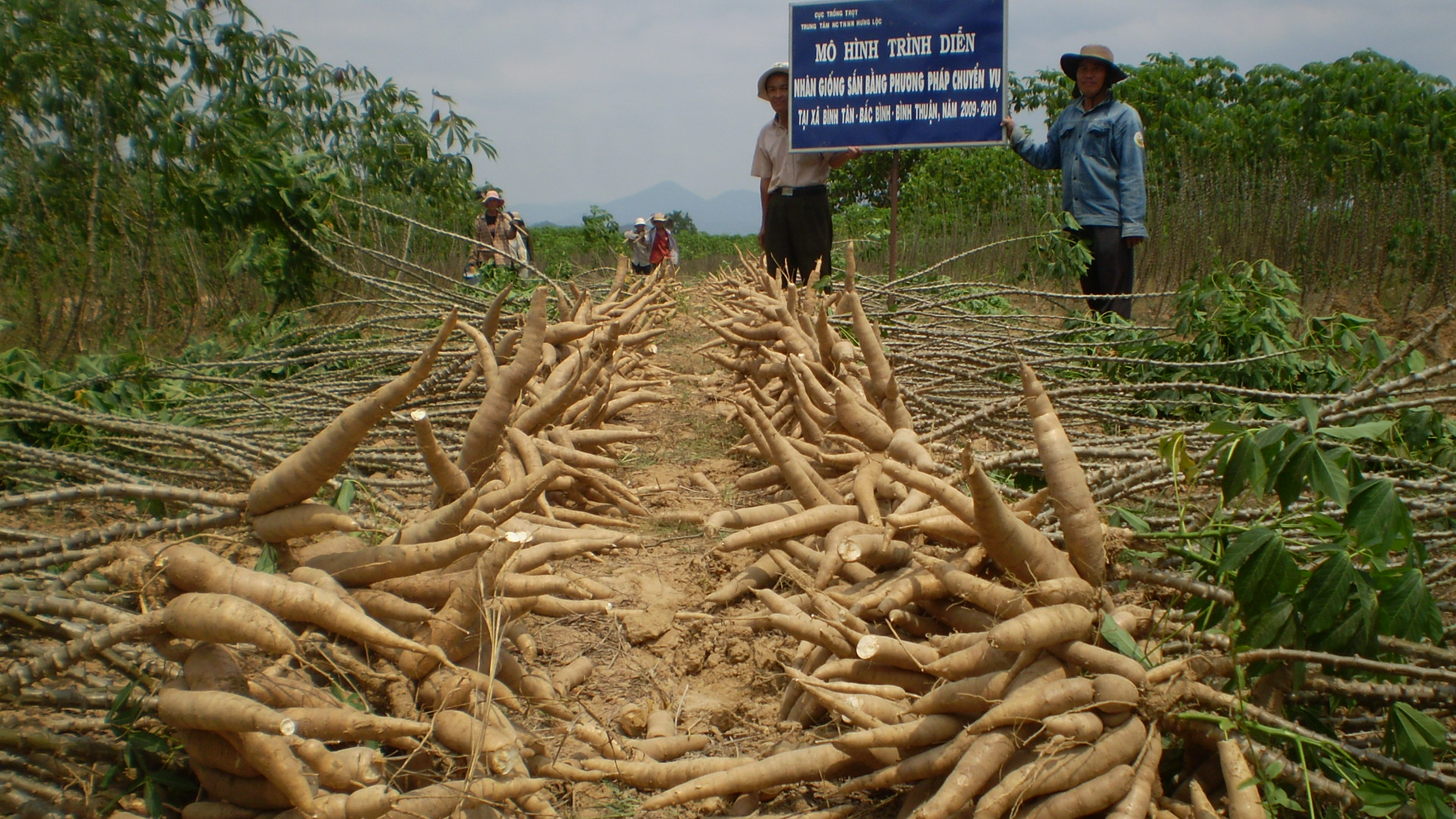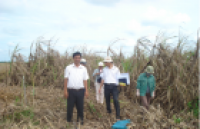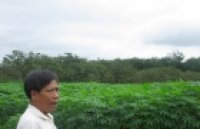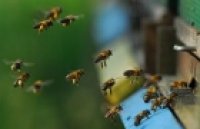| Genome-wide identification and expression analysis reveal the role of histone methyltransferase and demethylase genes in heat stress response in potato (Solanum tuberosum L.) |
|
Potato genome database was used for genome-wide analysis of StPRMT and StHDMA gene families, which were further characterized by analyzing gene structure, conserved motif, domain organization, sub-cellular localization, promoter region and phylogenetic relationships. Additionally, expression profiling under high-temperature stress in leaf and stolon tissue of heat contrasting potato genotypes was done to study their role in response to high temperature stress. |
|
Biochim Biophys Acta Gen Subj.; 2024 Jan; 1868(1):130507. doi:10.1016/j.bbagen.2023.130507.
Figure: Potato flowering. AbstractBackground: Potato (Solanum tuberosum L.), the third most important non-cereal crop, is sensitive to high temperature. Histone modifications have been known to regulate various abiotic stress responses. However, the role of histone methyltransferases and demethylases remain unexplored in potato under heat stress.
Methods: Potato genome database was used for genome-wide analysis of StPRMT and StHDMA gene families, which were further characterized by analyzing gene structure, conserved motif, domain organization, sub-cellular localization, promoter region and phylogenetic relationships. Additionally, expression profiling under high-temperature stress in leaf and stolon tissue of heat contrasting potato genotypes was done to study their role in response to high temperature stress.
Results: The genome-wide analysis led to identification of nine StPRMT and eleven StHDMA genes. Structural analysis, including conserved motifs, exon/intron structure and phylogenetic relationships classified StPRMT and StHDMA gene families into two classes viz. Class I and Class II. A variety of cis-regulatory elements were explored in the promoter region associated with light, developmental, hormonal and stress responses. Prediction of sub-cellular localization of StPRMT proteins revealed their occurrence in nucleus and cytoplasm, whereas StHDMA proteins were observed in different sub-cellular compartments. Furthermore, expression profiling of StPRMT and StHDMA gene family members revealed genes responding to heat stress. Heat-inducible expression of StPRMT1, StPRMT3, StPRMT4 and StPRMT5 in leaf and stolon tissues of HS and HT cultivar indicated them as probable candidates for enhancing thermotolerance in potato. However, StHDMAs responded dynamically in leaf and stolon tissue of heat contrasting genotypes under high temperature.
Conclusion: The current study presents a detailed analysis of histone modifiers in potato and indicates their role as an important epigenetic regulators modulating heat tolerance.
|
|
|
|
[ Tin tức liên quan ]___________________________________________________
|


 Curently online :
Curently online :
 Total visitors :
Total visitors :
(230).png)


